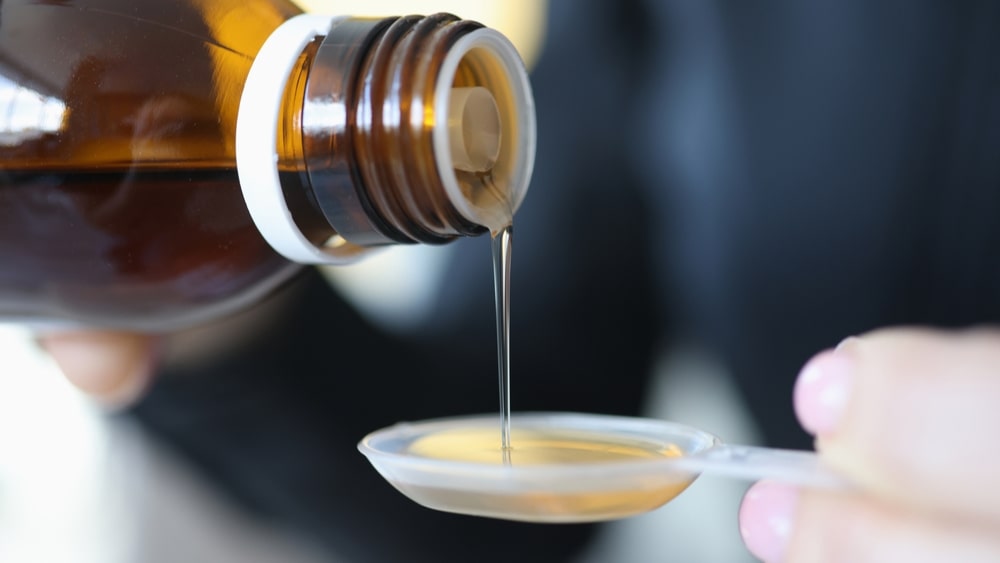Liquid orals are the liquid dosage formulations containing one or more active ingredients with or without additives dissolved in a suitable vehicle, meant for oral administration. Examples of liquid orals are syrups, elixirs, linctuses, mixtures, oral drops, solutions, suspensions, emulsions, etc. Here formulation of monophasic liquids is discussed.
Liquid orals are the big category of formulations in the pharmaceutical dosage formulations market. 25-30% of monographs in the pharmacopeia are liquids. They are used so widely even though solid dosage formulations are dominating nowadays because of certain advantages mentioned below.
Advantages of Liquid Orals
- Liquid dosage formulations are preferred dosage formulations for the children who feel difficulty in swallowing solids. This is also true with elderly patients.
- The bioavailability of liquids is more than solids, sometimes equal to that of intramuscular injections.
- The solution is the only form in which certain compounds can be obtained. For example hydrogen peroxide solution.
- The liquid, sometimes, is more stable and convenient than the solid compound. For example, ferric chloride solution.
- The substance is formed by chemical interaction in solution, and as the latter is the form in which it is most frequently required, there would be no advantage gained in isolating the solid compound. For example, strong ammonium acetate solution.
- A liquid provides a convenient form for prescribing and dispensing substances the dose of which is a small fraction of a grain. For example solution of strychnine hydrochloride.
- Sometimes the patients expect the drug in liquid dosage formulation for certain diseases. Examples are cough syrups and antacids.
- Liquid dosage formulations can be made more pleasant by adding suitable colors, flavors, and sweeteners, if necessary visualizers can be added to increase the viscosity.
- The drug is uniformly distributed, therefore, no need to shake the container.
- Some drugs are irritating to the gastric mucosa. When given in a tablet or capsule form. This irritation may be reduced when the drug is given in solution because of the dilution factor.
Disadvantages of Liquid Orals
- Most of the drugs are known to undergo reactions like hydrolysis, oxidation etc. Such reactions are more severe in liquids.
- Many drugs pose problems in solubilizing them in the given solvent. Special techniques should be followed to dissolve such poorly soluble drugs.
- Formulation of liquids, sometimes, includes more number of steps than solids.
- Liquids are stored in the containers which create problems like sorption, leaching, air permeability etc.
- It is difficult to mask unpleasant flavours.
- The bulk and weight of dosage forms are high.
- Contents are vulnerable to lose by breakage of the container.
- Patient is instructed to measure the dose. Hence drug administration depends on the measurer and accuracy of the patient.
- Liquids are more prone to bacterial contamination.
- The pleasant taste of liquid formulations may result in overdosage. This is especially hazardous with children.
Preformulation of Liquid Orals
A successful liquid oral is one that is developed to satisfy the ideal requirements of stability, therapeutic effectiveness, and pleasing appearance. The knowledge of the factors influencing the manufacture of liquid orals is essential to solving the formulation problems.
Make sure you also check our other amazing Article on : Pharmaceutical Incompatibility
